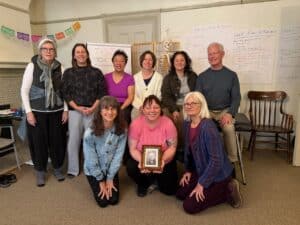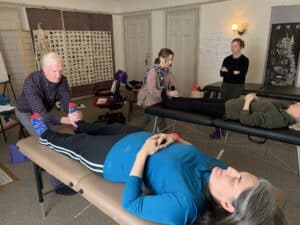If you’re looking for an Oregon summer weekend road trip during these sunny months, consider visiting the Kam Wah Chung Heritage Site in John Day. Not only is this National Historic Landmark a scenic destination—you’ll learn about the history of Chinese medicine and acupuncture in Oregon dating back to the 1800s. This Heritage Site, offering an Interpretive Center and Museum, transports visitors back to a fascinating period in Oregon history.
Chinese Medicine in Oregon
Visitors may be surprised to learn that the history of Chinese medicine and acupuncture in the Portland area is much older than the current “alternative medicine” revival. When thousands of Chinese immigrants arrived in the late 19th century to work in mines and build railroads, Chinese medicine, acupuncture, and cultural practices came with them. Ing Hay (better known as “Doc” Hay), a Chinese immigrant who settled in John Day in 1882, is credited as the father of Chinese medicine in Oregon. Doc Hay was a pulsologist—a doctor who could diagnose ailments by feeling a patient’s pulse—who impressed onlookers and patients by determining what ailed them before they even had a chance to tell him. Together with his close friend, Lung On (called Leon by his American friends), Doc Hay formed the Kam Wah Chung Company, which translates to “Golden Flower of Prosperity.” The Kam Wah Chung Company operated as a grocery store with all kinds of goods popular with Chinese migrant workers. Doc Hays provided much-needed medical care, while Lung On turned the Kam Wah Chung into a welcoming social gathering space.
Oregon’s “Blood-Poisoning” Doctor
In the 1880s, even minor cuts and scrapes could lead to serious illness or death. We now know these were septic infections, but the condition was referred to as “blood poisoning” at the time. Western medicine had only a primitive understanding of germ theory, and antibiotics had not yet been invented. Doc Hay used herbal medicine to treat infections and other illnesses effectively, and his medical reputation soon spread throughout the area. Even the most pragmatic ranchers and farmers of eastern Oregon were more than willing to adopt Chinese medicine if it saved lives. In fact, Hay’s herbal mixtures were so effective that he escaped prosecution for operating without a U.S. medical license because no one in the local court system dared to come after this valuable member of society. People would come from all over the country to visit him, and when the Spanish Flu ravaged the world, not a single one of his patients died.
Doc’s Legacy in Oregon & the Kam Wah Chung Museum
Sadly, Long On succumbed to illness in 1940, and Doc Hay was struck by grief throughout his remaining years. He continued to treat patients, but he grew more reclusive and eventually passed away in 1952. Their clinic was deeded to the town of John Day and boarded up, but the city opened the doors in 1967 to discover a perfectly preserved time capsule, including approximately $23,000 in uncashed checks and over 500 intact herbs.
Doc Hay also left behind extensive notes and herbal formulas in Chinese. These are still being archived and translated today, in collaboration with the Oregon College of Oriental Medicine. The medical artifacts of Kam Wah Chung are an important historical resource for modern-day herbalists.
In 1973, the Kam Wah Chung Company was added to the National Register of Historic Places and opened as a museum in 1975. It received National Historic Landmark status in 2005. While in-person Museum tours have been suspended through late October due to COVID-19, virtual tours held outdoors by park staff are still available each day.
Inner Works Acupuncture provides full-body healing and long-lasting relief from many common conditions through Five Element acupuncture, Chinese herbal medicine, and nutritional therapy. Contact our Portland office today at (503) 227-2127 to schedule an appointment.



